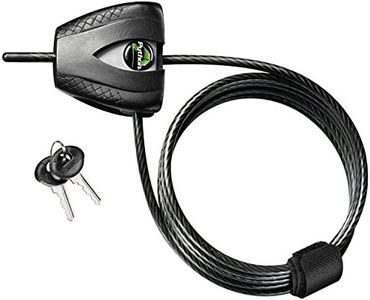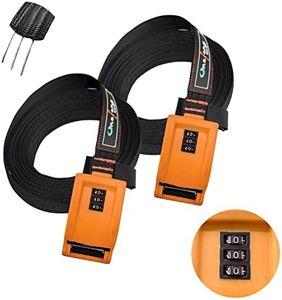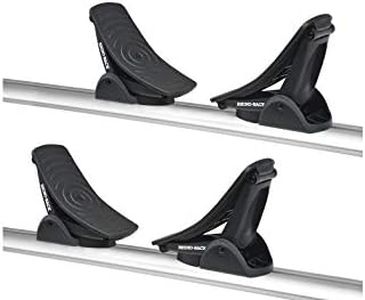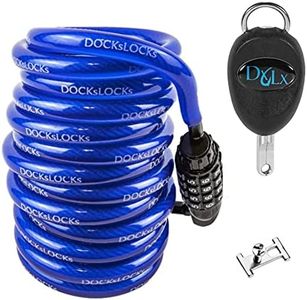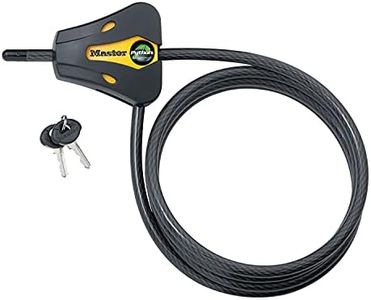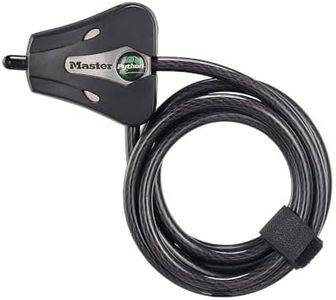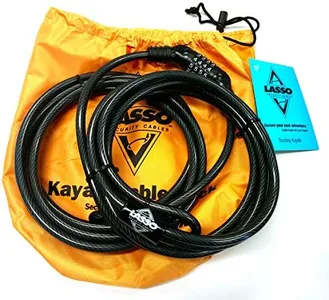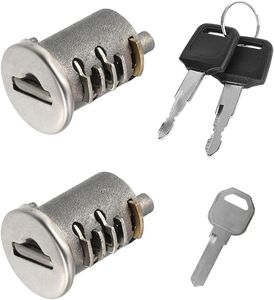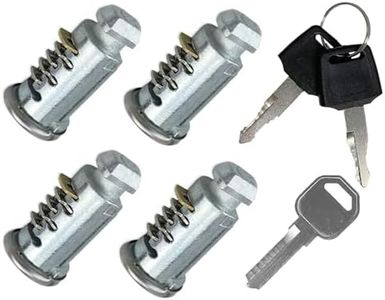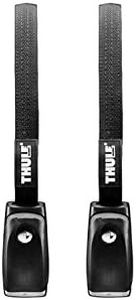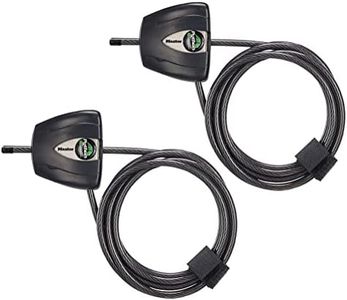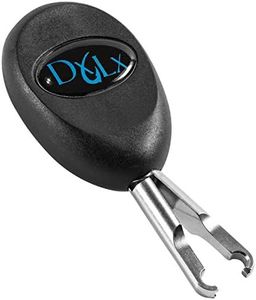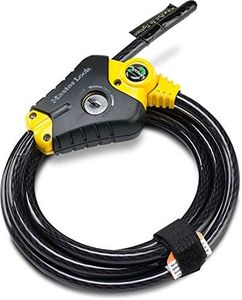We Use CookiesWe use cookies to enhance the security, performance,
functionality and for analytical and promotional activities. By continuing to browse this site you
are agreeing to our privacy policy
10 Best Kayak Lock
From leading brands and best sellers available on the web.Buying Guide for the Best Kayak Lock
When you're choosing a kayak lock, the main goal is to protect your kayak from theft when it's left unattended outdoors or on your vehicle. It's a big decision because your kayak is an investment, and keeping it secure gives you peace of mind whether you're at home, by the shore, or stopping for a meal during a trip. Understanding the key features of kayak locks can help you pick one that fits your needs and lifestyle, making sure your boat is always safe.Locking Mechanism TypeThe locking mechanism defines how you secure and unlock your kayak. The main types you’ll encounter are cable locks (which wrap around your kayak and a fixed object), chain locks, and lock systems that secure hatches or grab loops. Cable locks are popular due to their flexibility and versatility, while chain locks offer more security but are heavier and less flexible. Some feature built-in combination locks, while others require a separate padlock. To choose the right mechanism, consider how you'll use it – for frequent, quick stops, a simple combination lock might suffice, but for long-term storage, you might want something bulkier and more tamper-resistant.
Cable or Chain ThicknessThe thickness of the cable or chain is crucial for determining how tough the lock is to cut or break. Thicker cables (say, above 10mm) are much harder to cut with regular tools, offering more security, but they’re also heavier and can be less convenient to handle. Thinner cables (around 4-8mm) are lightweight and easy to carry, but offer less protection. If you're storing your kayak in a high-risk area or leaving it for long periods, thicker is better. If you travel light or need something quick for low-risk situations, a thinner cable might be more appropriate.
Lock LengthLock length determines how much reach the lock provides, which affects how and where you can secure the kayak. Short locks (under 6 feet) might only work for smaller kayaks or close anchors, while longer locks (8-15 feet or more) allow you to secure the kayak to large trees, posts, or trailers. Think about where you’ll be locking your kayak most often: if the anchor points are far apart, go for a longer lock, but if you only need to secure it to your rooftop rack, a shorter one may be sufficient and easier to manage.
Weather ResistanceWeather resistance refers to how well the lock can withstand outdoor conditions such as rain, saltwater, and sun without rusting or breaking down. Look for coatings like vinyl or plastic on cables and stainless or weatherproof metals in the locking components. If your kayak will spend a lot of time outside or near the water, prioritize a lock that is corrosion-resistant – this keeps the lock functioning properly and stops it from seizing up when you need it most.
PortabilityPortability is about how easy it is to take the lock with you on your kayak trips. Lightweight and compact locks are easy to carry in your kayak or even in a backpack, while heavier, bulkier locks might offer more security but are best for home or base camp use. Consider your typical kayaking routine: if you switch locations frequently and need to bring your lock along, opt for something easy to pack. If you normally leave your kayak in one spot, you might be okay with a heavier, less portable option.
